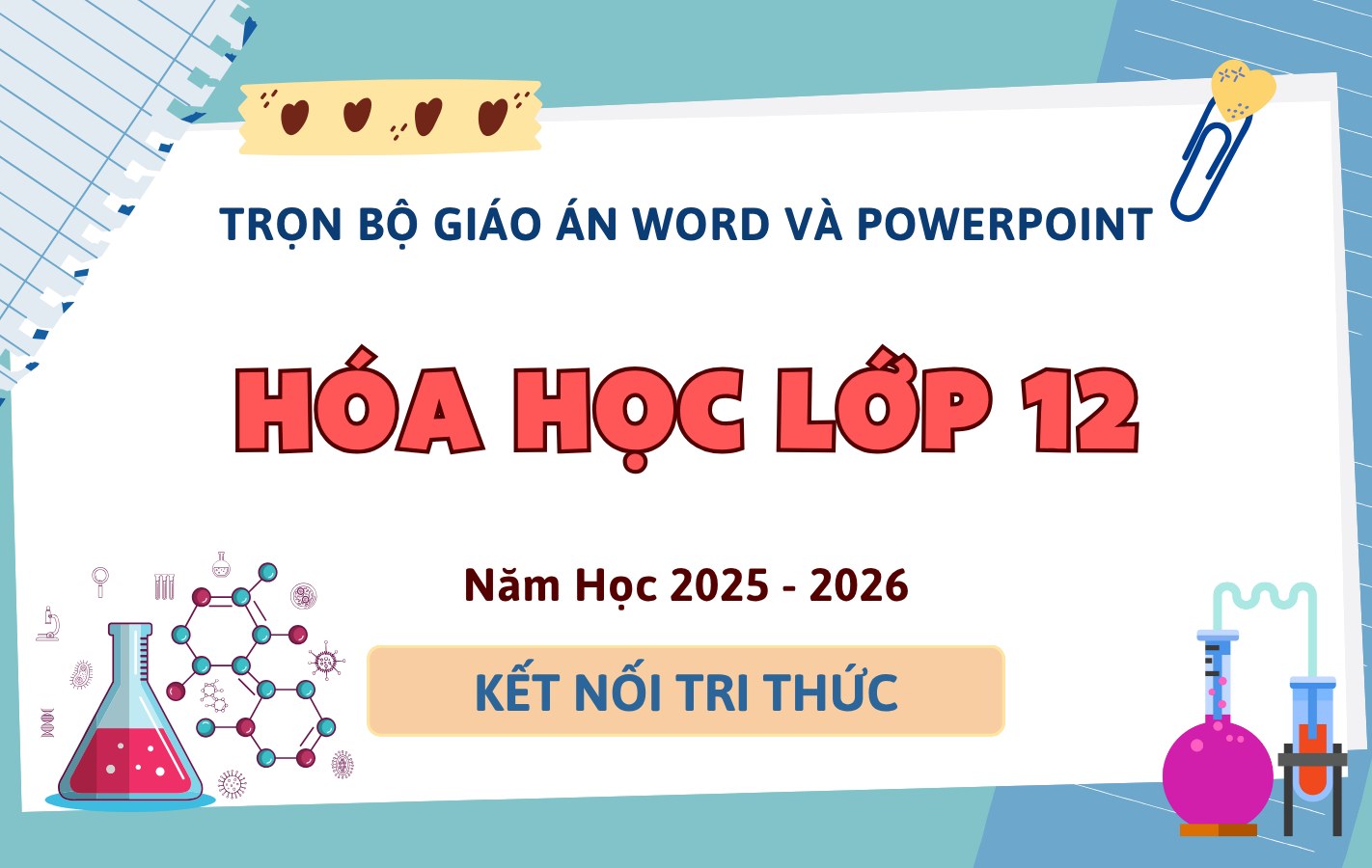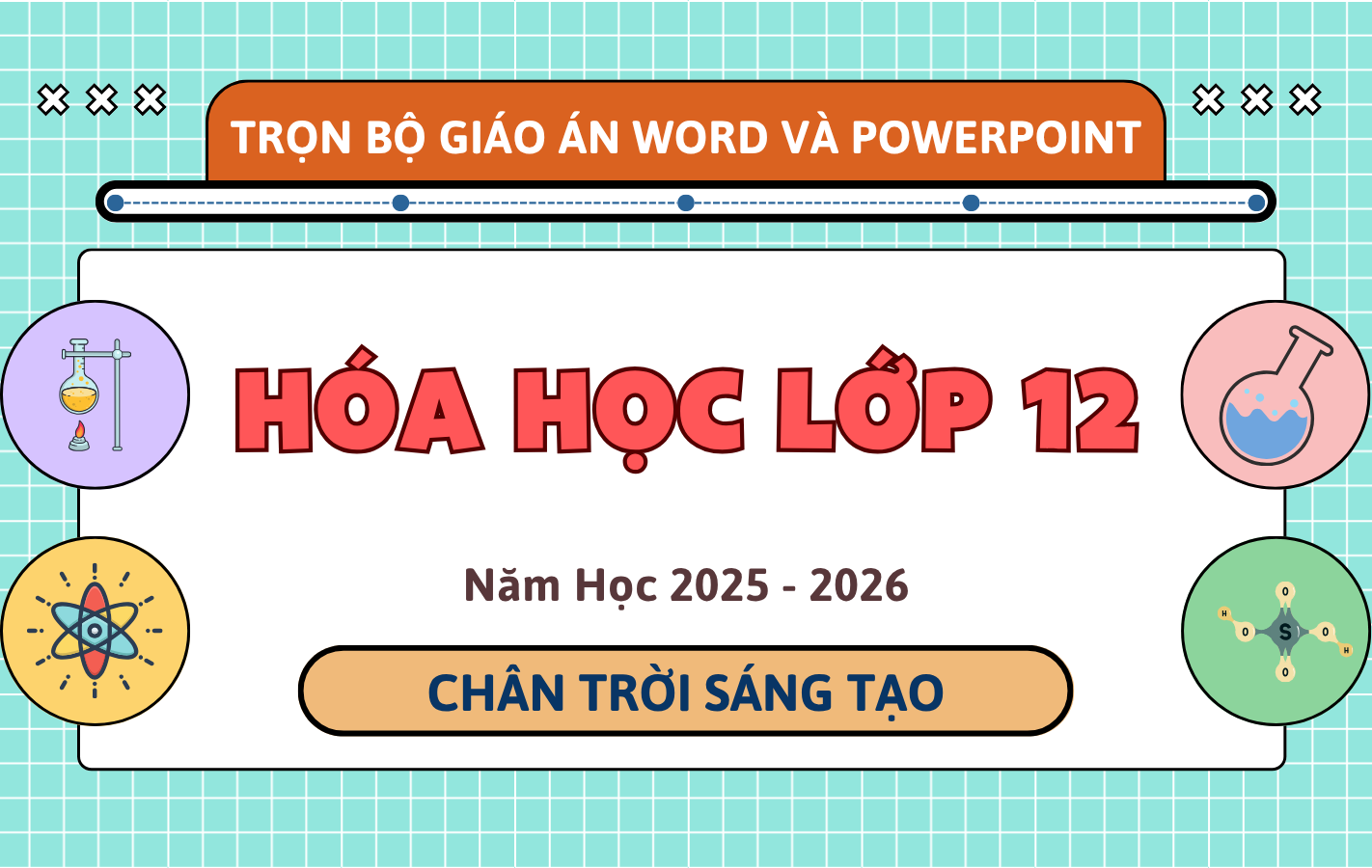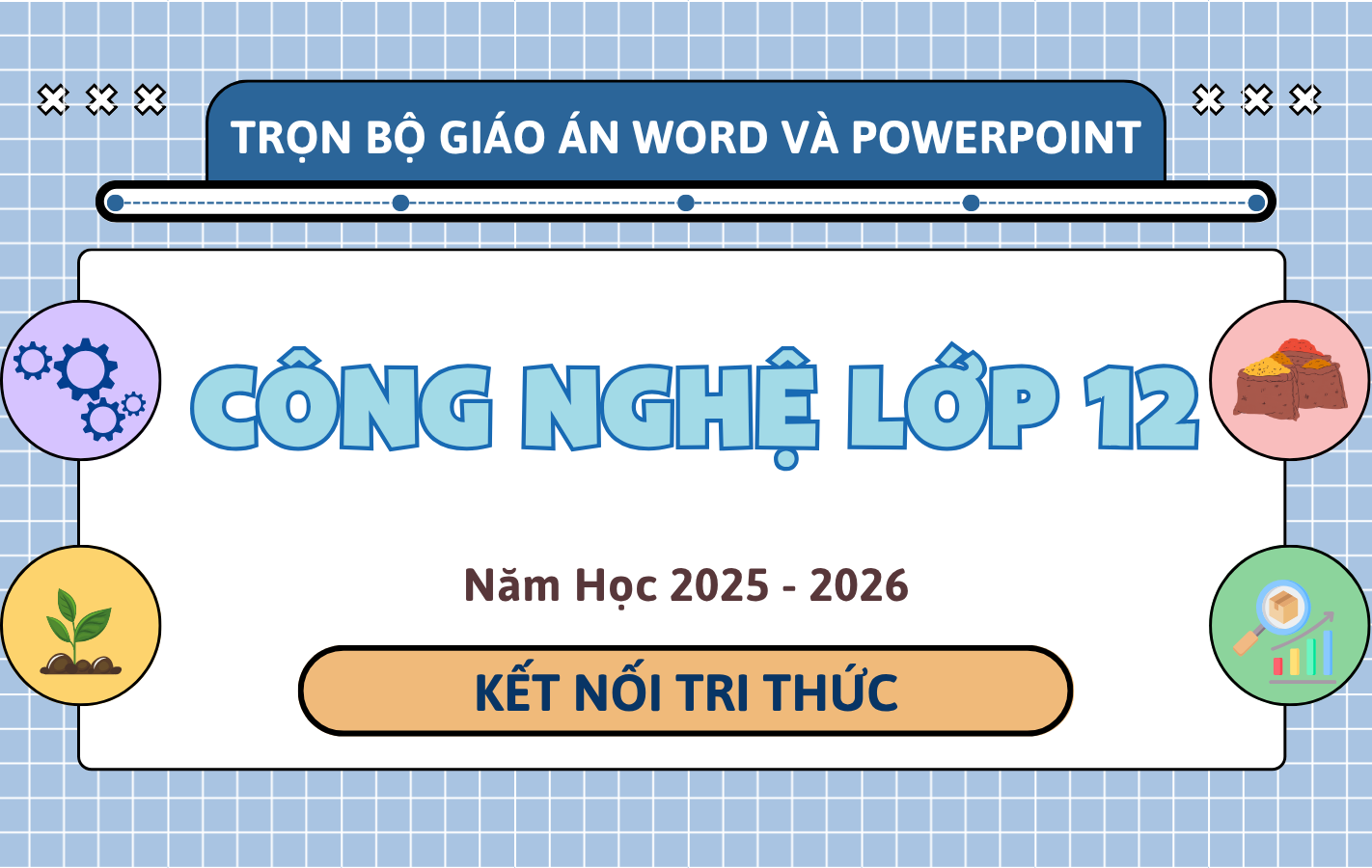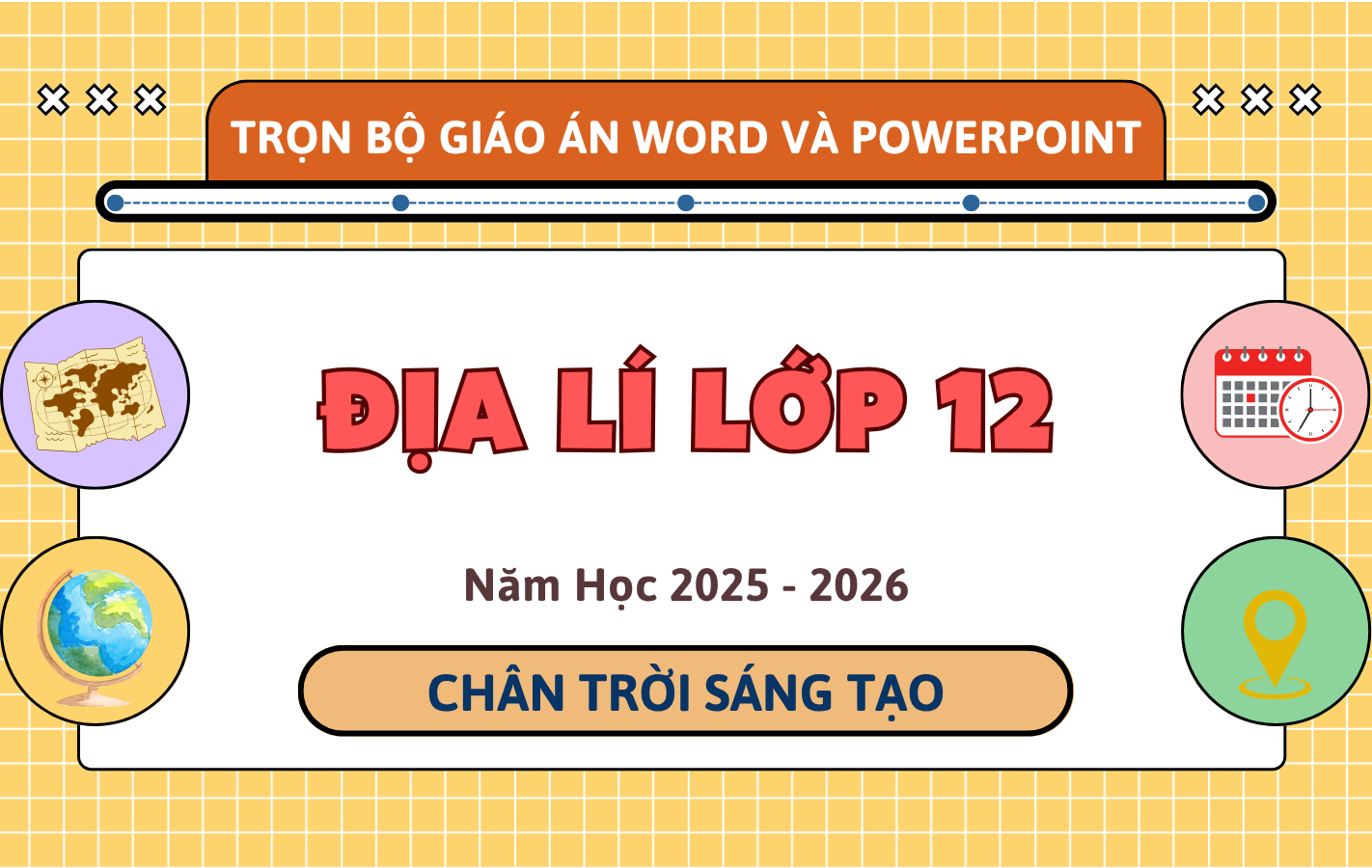Câu hỏi:
Read the passage below and choose A, B, C or D.
Although noise, commonly defined as unwanted sound, is a widely recognized form of pollution, it is very difficult to measure because the discomfort experienced by different individuals is highly subjective and, therefore, variable. Exposure to lower levels of noise may be slightly irritating, whereas exposure to higher levels may actually cause hearing loss. Particularly in congested urban areas, the noise produced as a by-product of our advancing technology causes physical and psychological harm, and detracts from the quality of life for those who are exposed to it.
Unlike the eyes, which can be covered by the eyelids against strong light, the ear has no lid, and is, therefore, always open and vulnerable; noise penetrates without protection. Noise causes effects that the hearer cannot control and to which the body never becomes accustomed. Loud noises instinctively signal danger to any organism with a hearing mechanism, including human beings. In response, heartbeat and respiration accelerate, blood vessels constrict, the skin pales, and muscles tense. In fact, there is a general increase in functioning brought about by the flow of adrenaline released in response to fear, and some of these responses persist even longer than the noise, occasionally as long as thirty minutes after the sound has ceased.
Because noise is unavoidable in a complex, industrial society, we are constantly responding in the same way that we would respond to danger. Recently, researchers have concluded that noise and our response may be much more than an annoyance. It may be a serious threat to physical and psychological health and well-being, causing damage not only to the ear and brain but also to the heart and stomach. We have long known that hearing loss is America's number one nonfatal health problem, but now we are learning that some of us with heart disease and ulcers may be victims of noise as well. Fetuses exposed to noise tend to be overactive, they cry easily, and they are more sensitive to gastrointestinal problems after birth. In addition, the psychic effect of noise is very important. Nervousness, irritability, tension, and anxiety increase affecting the quality of rest during sleep, and the efficiency of activities during waking hours, as well as the way that we interact with each other.
What is the main topic of the first paragraph?
Đáp án đúng: C
Lời giải
Chủ đề chính của đoạn văn đầu tiên là gì?
A. Tác động chủ quan của tiếng ồn lên cá nhân.
B. Ô nhiễm tiếng ồn từ công nghệ.
C. Khó khăn trong việc đo lường ô nhiễm tiếng ồn.
D. Các khu vực đô thị chịu ảnh hưởng nhiều hơn từ ô nhiễm tiếng ồn.
Thông tin: Although noise, commonly defined as unwanted sound, is a widely recognized form of pollution, it is very difficult to measure because the discomfort experienced by different individuals is highly subjective and, therefore, variable. Exposure to lower levels of noise may be slightly irritating, whereas exposure to higher levels may actually cause hearing loss.
Tạm dịch: Mặc dù tiếng ồn, thường được định nghĩa là âm thanh không mong muốn, là một dạng ô nhiễm được công nhận rộng rãi, nhưng rất khó để đo lường vì sự khó chịu mà mỗi cá nhân trải qua là rất chủ quan và do đó, thay đổi. Tiếp xúc với mức độ tiếng ồn thấp hơn có thể gây khó chịu nhẹ, trong khi tiếp xúc với mức độ cao hơn thực sự có thể gây mất thính lực.
Câu hỏi này thuộc đề thi trắc nghiệm dưới đây, bấm vào Bắt đầu thi để làm toàn bài
Đề Thi Tham Khảo Đánh Giá Năng Lực Năm 2025 – ĐHQG Hà Nội – Đề Số 05 là tài liệu luyện thi toàn diện, giúp học sinh làm quen với cấu trúc và độ khó của kỳ thi ĐGNL theo chuẩn mới. Bộ test gồm đầy đủ 3 phần: Toán học và Xử lý số liệu, Văn học – Ngôn ngữ, và Khoa học/Tiếng Anh, được thiết kế với thời lượng, số câu hỏi và thang điểm đúng theo đề thi chính thức. Các câu hỏi trong bộ test không chỉ kiểm tra kiến thức mà còn rèn luyện tư duy phản biện, lập luận logic và khả năng vận dụng thực tiễn. Đây là tài liệu quan trọng giúp thí sinh tự đánh giá năng lực, luyện tốc độ, nâng cao kỹ năng giải đề và chuẩn bị vững vàng cho kỳ thi Đánh Giá Năng Lực năm 2025 của ĐHQG Hà Nội.
Câu hỏi liên quan

Trọn Bộ Giáo Án Word & PowerPoint Tiếng Anh 12 – I-Learn Smart World – Năm Học 2025-2026

Trọn Bộ Giáo Án Word & PowerPoint Tiếng Anh 12 – Global Success – Năm Học 2025-2026

Trọn Bộ Giáo Án Word & PowerPoint Hóa Học 12 – Kết Nối Tri Thức – Năm Học 2025-2026

Trọn Bộ Giáo Án Word & PowerPoint Hóa Học 12 – Chân Trời Sáng Tạo – Năm Học 2025-2026

Trọn Bộ Giáo Án Word & PowerPoint Công Nghệ 12 – Kết Nối Tri Thức – Năm Học 2025-2026
